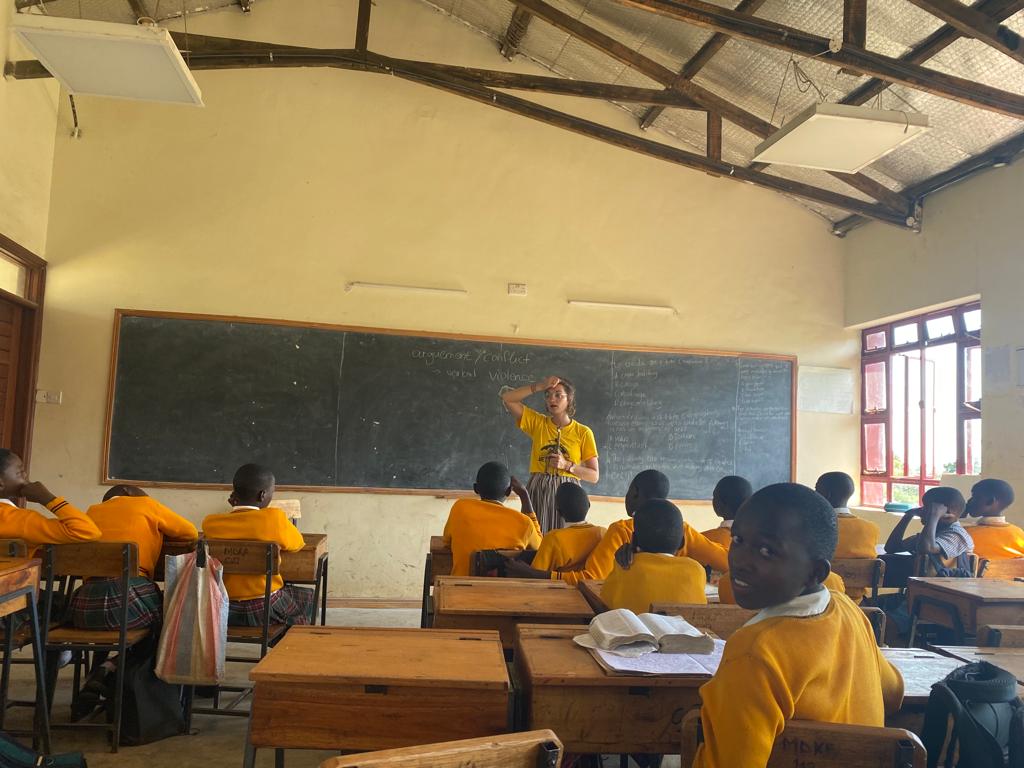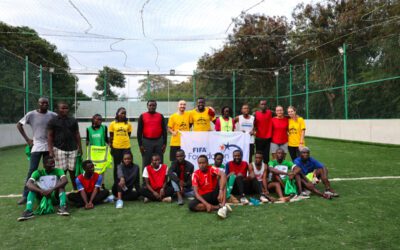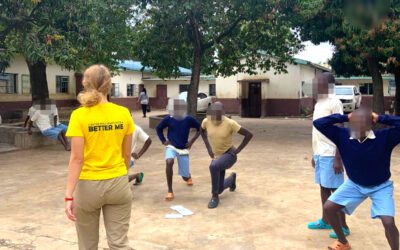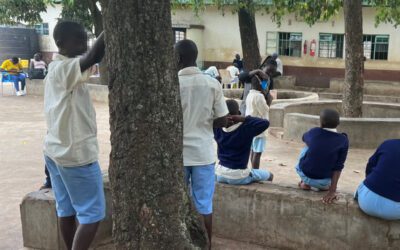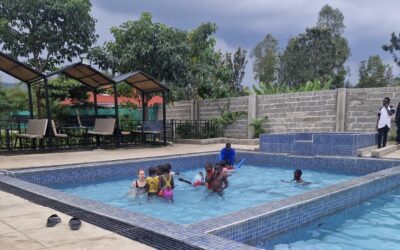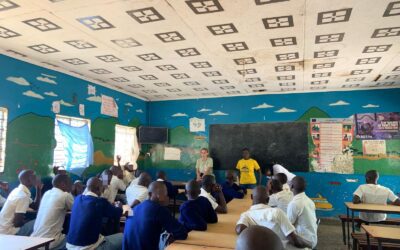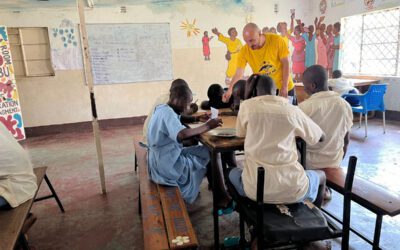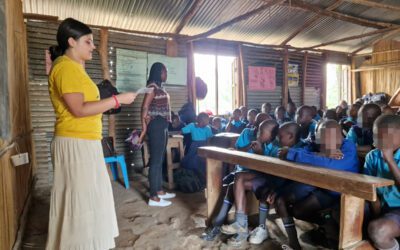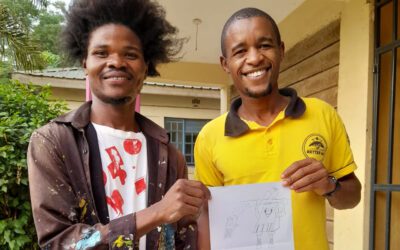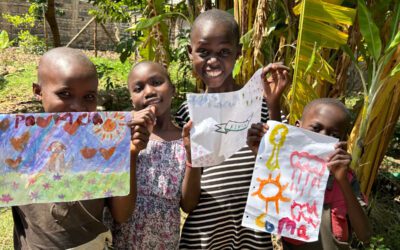Activity Report
Location: Korando Educational Center
Activity Date: 13.10.2023
Start Time: 3:00 PM End Time: 4:00 PM
Facilitators: Adelaide, Sophia
Number of Participants: 32
Male: 15 Female: 17
Activity Purpose/ Summary:
Our aim was to educate the children on how to deal with conflicts situations by introducing to them the four steps of non-violent communication and having a deeper look into the different needs that human beings have.
Personnel Input:
We began the lesson by asking the children about their understanding of verbal violence. Given that the words “conflict” and “verbal violence” were new to them, we commenced with an explanation of these terms, accompanied by personal examples.
Subsequently, we categorized verbal violence into two distinct groups:
– Verbal violence directed at others.
– Verbal violence directed at ourselves.
As we introduced the topic of Nonviolent Communication, we presented “Giraffe Language” to the children and utilized a small wooden giraffe to illustrate why giraffes serve as a fitting metaphor for non-violent communication:
– Giraffes never interpret words as insults or criticism but, rather, focus on understanding the internal feelings and needs of the other person.
– They have the remarkable ability to empathize, perceiving what the other person feels and requires.
– In Giraffe language, we refer to this quality as empathy. Given that Giraffe language is rooted in the language of the heart, it emphasizes connecting through feelings and needs.
The subsequent step was to introduce the four steps of nonviolent communication to the children, using a personal example from one of the kids:
1. Observation: “Yesterday, when I wanted to clean the office, you (a friend) told me it was unnecessary, which turned out not to be true after consulting the teachers.”
2. Feelings: “That made me feel sad.”3. Needs: “Because I have a need for understanding and support.”
4. Request: “Could you please verify the information you provide me next time by consulting the teachers first and then provide me with accurate information afterward?”
We explored the difference between a request and a demand:
-> When you make a request of another person, you are open to hearing a “no” without imposing your desires. Instead, you engage in a dialogue to find a way to meet the needs of both parties.
Following this, we distributed “Need-Cards” to all the children, and each child read their cards aloud, allowing others to repeat the words collectively. Some words were new to them, such as “integrity,” and we took the opportunity to explain the various meanings of some of these needs.
We consistently emphasized the distinction between needs and strategies:
– Every human being, regardless of gender, educational level, religious beliefs, or nationality, shares the same fundamental needs.
– A useful guideline for distinguishing between needs and strategies is to remember that needs are not specific to particular individuals taking specific actions. In contrast, effective strategies, also referred to as wants, requests, desires, and solutions, are linked to specific individuals taking specific actions.
For example, instead of saying, “You are a lazy child; I need you to wash the dishes today,” you could express it as: “I notice your dirty dishes have been sitting next to the sink since yesterday’s dinner, which makes me feel very frustrated. I genuinely have a need for cleanliness and tidiness in our home. Would you do me a favor and wash the dishes after lunch?”
In collaboration with the children, we generated various examples of different strategies that fulfill our needs. We also highlighted that a single action can address multiple needs simultaneously. For instance, the strategy of meeting friends can fulfill needs for connection, community, play, joy, empathy, and love, among others.
Achievements:
– The kids became more literate in expressing their needs
– They got an idea of giraffe language and the model of NVC with the four steps and how to respond in a conflict situation
Unanticipated Achievements:
We were able to engage the students on the topic, whilst also having fun with them. Their curiosity and their motivation on a friday afternoon definetly came as a positive suprise to us.
Supporting Partners:
n/a



